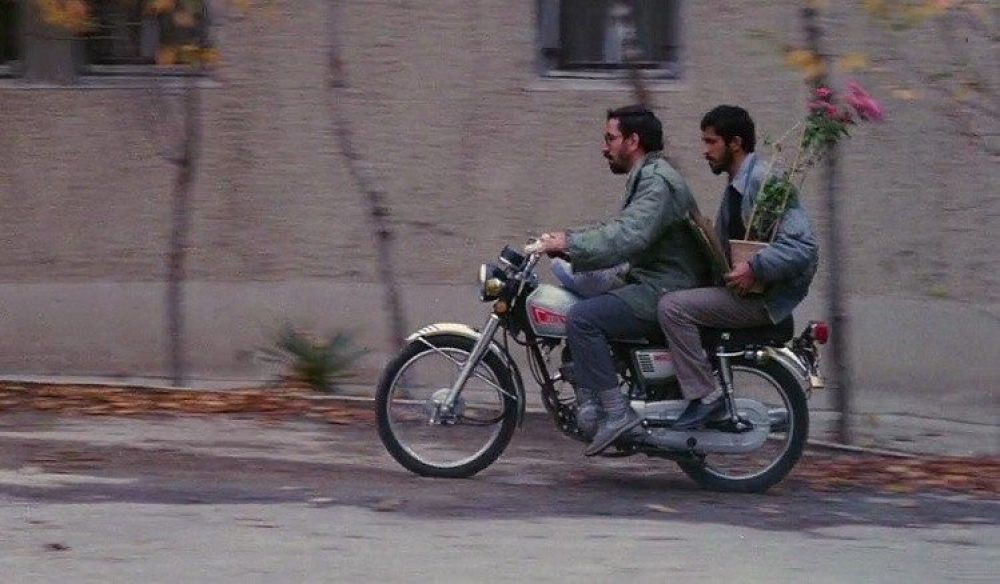When I first watched The Cow I was deeply confused. I could understand the film as a commentary on human nature (dependence, desperation, mental health, relationships, and the eventual loss of humanity), but I had trouble seeing any connection to modernity, except with the very surface-level read that these events were primarily taking place in a village that did not appear to be “modernized” and lacked stability in the form of external structures, such as governing bodies, law and order, or access to local healthcare. Professor Malekzadeh pointed out the importance of positionality in the film, both of the characters and the viewer in Tehran. This made it a bit easier to see a connection to modernity, as the viewers in Tehran would not see the Iran presented by the film as part of an Iran that was familiar to them; it would be a distant representation, like a relic from the past.
One element that I think relates to our course material is the role of superstition in the film. While religious belief itself is not necessarily counter to modernity, the dependence on rational thought in ‘modern’ life does involve a push away from superstition and superstitious behavior. In the film, for example, one of the villagers blames an ‘evil eye’ after the death of the cow. Another tells him to be quiet. I think this could be read as an expression of modern thought competing with pre-modern thought, as while the person expressing the latter seems comfortable with the ‘evil eye’ as a causal explanation, the person rebuking them is looking for a cause more easily understandable or rational. This is also expressed when the villagers agree they should take Hassan to the city, the representation of the modern, in order to be healed, as they are relying on some possible medical intervention to provide an explanation and solution to his belief that he is a cow.

“The Cow” and the Modern | Iran, Islam, and the Last Great Revolution Fall 2018
Like you, I struggled to immediately connect the themes of the film to modernity, instead seeing them as a commentary of deep-seeded problems with the human condition in Iranian society, problems that were not necessarily unique to Iran but instead transcended time periods and national boundaries. However, I also agree with your point regarding how the film would have been viewed by people in Tehran. For those that had grown up or lived among the trappings of Iran’s capital, it must have served as a rude awakening to realize that for many of their countrymen, the world depicted in “The Cow” was an everyday reality. This in itself could have contributed to the galvanization of a nationalist movement that emphasized the collaborative construction of a new unique modernity.
I resonate with your initial deep confusion.
I think your example of the blaming of the “evil eye” for the death of the cow was both very observant and very insightful. In at least a culturally stereotypical pre-modern society, the blaming of some ambiguous malevolent force would be a normal thing to do after such a tragedy. I agree that the typically modern community does push away from superstition in at least some small way, and usually pushes away from spirituality/religion in at least some small way. I feel like it’s part of my job to disagree with you in my response to your blog post, but I think you did a pretty good job. So I guess I won’t disagree then.